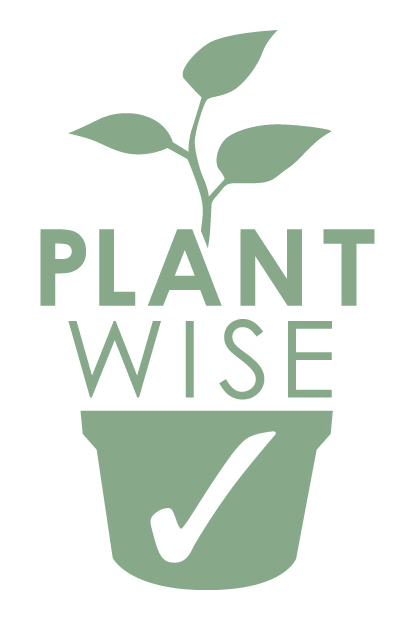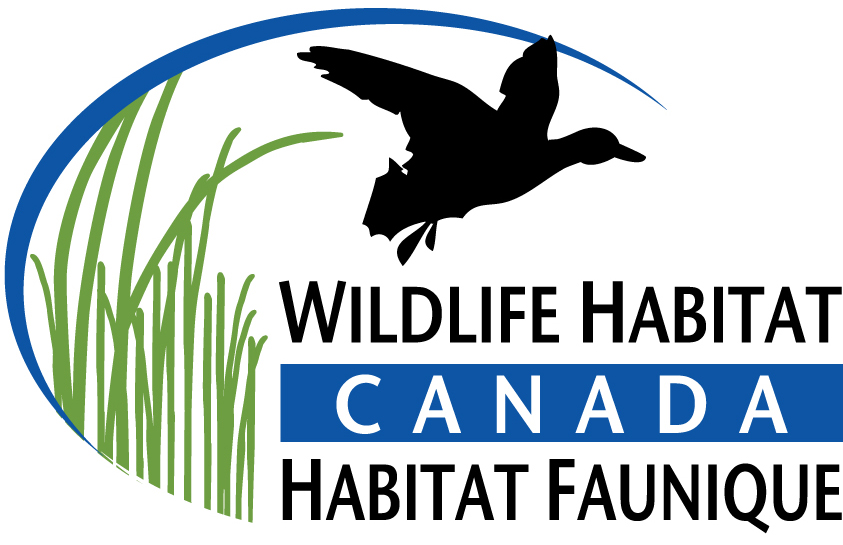The bad news: Yellow Flag Iris is an invasive plant species with distribution throughout British Columbia’s southern interior. Yellow Flag Iris (iris pseudacorus) is capable of invading new areas quickly. Once established it outcompetes native plant species and ultimately disrupt an area’s ecosystem complexity. These disturbances result in reduced habitat suitability and support for wildlife – especially for breeding, staging, and migrating waterfowl.
The Creston Valley Wildlife Management Area is a wetland of international importance; it is home to over 300 birds, 60 mammals, 17 fish and 6 amphibian species plus thousands of invertebrates and plant species. Without habitat management, it would not be possible for the area to support this level of biodiversity.

Measuring the coverage of Yellow Flag Iris within critical wildlife habitat is important for removal planning purposes. Together with Wildlife Habitat Canada and the Creston Valley Wildlife Management Area, the Central Kootenay Invasive Species Society (CKISS) and the Selkirk Geospatial Research Centre are helping to create a special multispectral “fingerprint” of this invasive species within the Creston Valley Wildlife Management Area. Work is being done this summer by using an Unmanned Aerial Vehicle (or drone) equipped with a multispectral camera.

The good news: so far, it’s looking like this is a promising mapping technique. Soon, we may have a new tool in the toolbox to measure ranges of Yellow Flag Iris. Even better news: knowing where infestations are makes management and control of any invasive species easier.
How did Yellow Flag Iris get there in the first place?
The invasive plant was introduced through the horticulture industry when gardeners planted it into their water gardens. It has now “jumped the garden fence” and ended up in natural areas causing environmental harm. CKISS is an active ambassador for the provincial-wide PlantWise program. PlantWise was designed to educate and motivate both the horticulture industry and home gardeners to choose safe alternatives or native plants instead of invasive ones.
Are you interested to learn more about invasive species research? Stop by our outreach booth at the Creston Farmer’s Market on Saturday August 5th on Cook St between 9am and 1pm. Among many other efforts, you’ll be able to hear about what CKISS and our partners are doing to improve wildlife habitat conservation through invasive species management.
Since 1985, Wildlife Habitat Canada, a national, non-profit, charitable conservation organization, has invested over $50 million supporting more than 1,500 conservation projects across Canada, through its granting program. Funds invested to support grants come from the purchase of the Canadian Wildlife Habitat Conservation Stamp. The Stamp is purchased primarily by waterfowl hunters to validate their Migratory Game Bird Hunting Permits. Wildlife Habitat Canada works through partnerships with communities, landowners, governments, non-government organizations, and industry to conserve, enhance, and restore wildlife habitat. To learn more about the projects that Wildlife Habitat Canada has funded, please visit www.whc.org.
Without habitat…there is no wildlife. It’s that simple!


